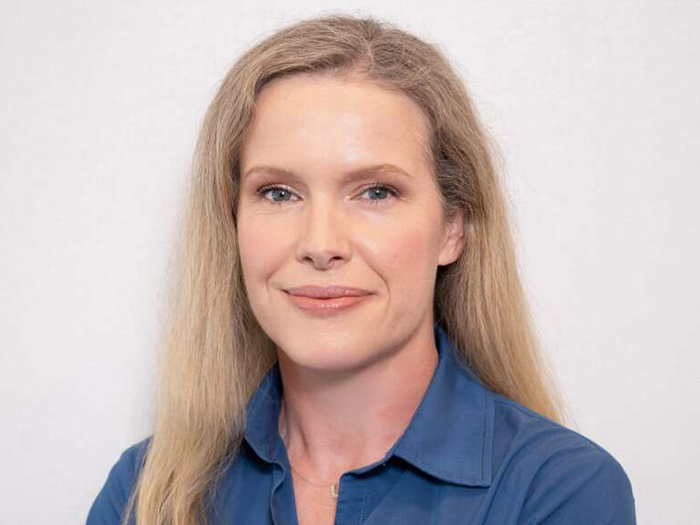Going International Can Raise Business Risk by 10x and Your Current Insurance Program Can’t Handle It

More businesses are expanding their operations abroad to take advantage of growth opportunities, but every new market adds a new layer of risk. Failing to account for the connectivity of these risks in a global insurance program could leave companies hung out to dry when a big loss happens.
Alfred Bergbauer, VP and Head of Multinational for The Hartford, explained why international risk is so complicated, and what multinational companies need to do better if they want their insurance program to properly protect them.
R&I: What are the primary risk exposures for companies operating internationally?
Alfred Bergbauer: When U.S. companies start to engage in international business, they don’t necessarily take on new or additional risks; the complexity comes from the interconnectivity of exposures located in different countries that all have their own unique geographical, legal and regulatory environments.
There are four categories of risk that any business contends with: physical hazard, operational, fiduciary and strategic.
While the core risks may be common across companies, when you expand your operations internationally, you multiply your exposures and risk complexity by the number of countries you operate in. It is imperative that you consider how risks in one country interact with risks in another, and how that impacts your overall insurance program.
Managing risks for modern multinational companies is like playing chess on a multilayered board. Move one piece on board #1, it impacts your position on board #5.
R&I: Can you provide examples of this interconnectivity?
AB: You can look at this from both a property and liability perspective. Let’s use a manufacturer as an example.
One facility in Country A has a fire and has to shut down for two weeks. That creates downstream losses for their facility in Country B, which is dependent on the supplies coming out of Country A. Each of those locations has a different insurer because the local laws mandate using a locally admitted carrier.
The insurer in Country B won’t cover the business interruption losses because the facility there sustained no physical damage. It maintains the loss is in Country A. The insurer in Country A likewise says it will cover BI losses for the fire-damaged facility, but it’s not responsible for subsequent losses in Country B.
Companies may understand their property exposure in any given location and buy insurance for that, but when you layer the risks on top of each other and account for the relationship between those risks, it gets more complicated.
Product liability is another example.
Manufacturers export products to multiple countries and therefore have multiple local product liability policies, underwritten by different insurers with different policy language, different triggers, and different interpretations of location of risk.
Failing to account for that connectivity of risk in your insurance program ultimately means that exposures go uninsured. That can be especially devastating for smaller or mid-sized multinational companies because their margins of error are much slimmer.
Say you have a product that was manufactured and sold in Germany and you have a claim that arises from use in the United States. Your insurer in Germany says the product liability risk is located in the jurisdiction of loss, and insists that their policy does not apply. Your insurer in the United States could argue that the product liability risk is not covered by their policy, as most U.S. policies respond based on where products are manufactured and sold versus the location of loss.
In this instance the insured could end up with no coverage for that loss. Working with a broker and insurer who understands client needs and focuses on policy language that addresses those needs is critical.
Failing to account for that connectivity of risk in your insurance program ultimately means that exposures go uninsured. That can be especially devastating for smaller or mid-sized multinational companies because their margins of error are much slimmer.
R&I: What are some factors for business leaders to keep in mind as they try to identify the interaction between all of their risks?
AB: It is imperative to understand and trace all supply chain vulnerabilities across all locations. If a physical hazard imperils one of your locations, how will you get products to market with a disrupted supply chain? What is your physical proximity to backup suppliers and distributors? Are you near the critical infrastructure you need to recover quickly, such as energy, water and transportation networks?
And you have to know the regulatory environment. Strategically, entering emerging markets can help gain long-term market share, but the legal and regulatory environment has to be supportive of good business practice. Is the rule of law predictable? Are their licenses solid?
R&I: How well do mid-sized companies handle the complexity of international risk management?
AB: For the most part, they don’t. They typically trust their broker to understand how their risks are connected and to procure the right insurance for them.
Entrepreneurs are experts in their own field. They know their business. Unfortunately, many companies don’t fully appreciate the risks associated with global business activity. Few corporations outside of Fortune 500s take the time, or boast the resources, to perform a thoughtful risk assessment regarding their international operations and their impact on their insurance portfolio.
When policies are compared solely on price, insurance becomes a commodity and not the true balance sheet protection tool it was meant to be.
And too often, they buy insurance based on premium. When policies are compared solely on price, insurance becomes a commodity and not the true balance sheet protection tool it was meant to be.
R&I: What are some steps mid-sized companies doing business abroad can take to build an insurance program that really addresses all their risks?
AB: Take the time to run different loss scenarios and really dig down into how each one impacts your business as a whole. What are the operational, financial and insurance impacts of any given event? Do you really understand what could happen, and how your insurance will respond?
More importantly, is that how you would like your insurance to respond?
Bring your broker and underwriter together to create a controlled master program customized to meet your specific needs, and then stress test it. Clients have the power to demand that, and they should exercise it. We have to move away from a single minded approach in insurance buying where decisions are based solely on the best price.
Controlled master programs are not generic or homogenous; they are customized to reflect an insured’s risk finance strategy and they require input from strategic and financial leaders, not just insurance procurement.
The way a program is structured could make the difference whether your company is able to prevail when facing a large or complex loss. &











